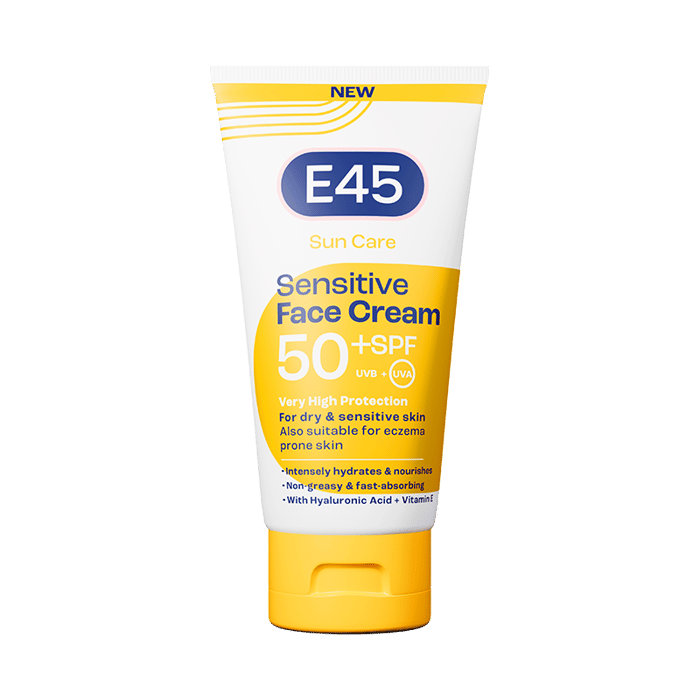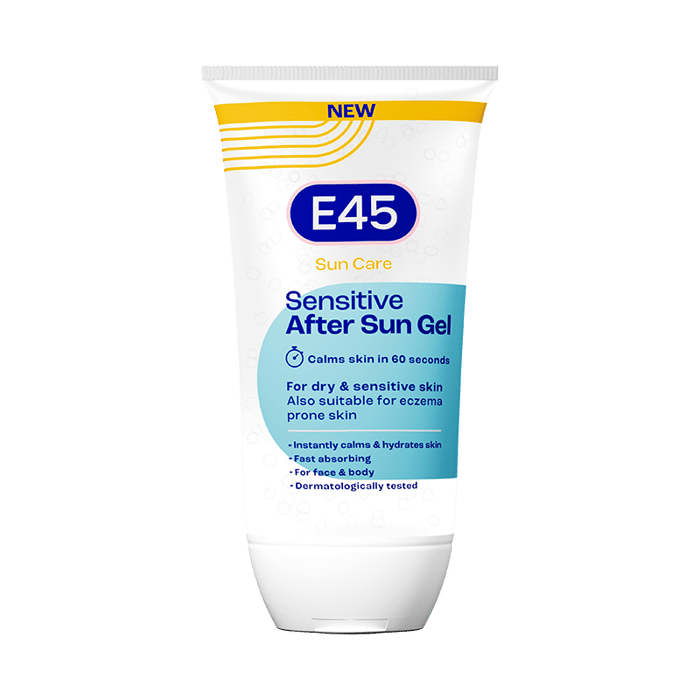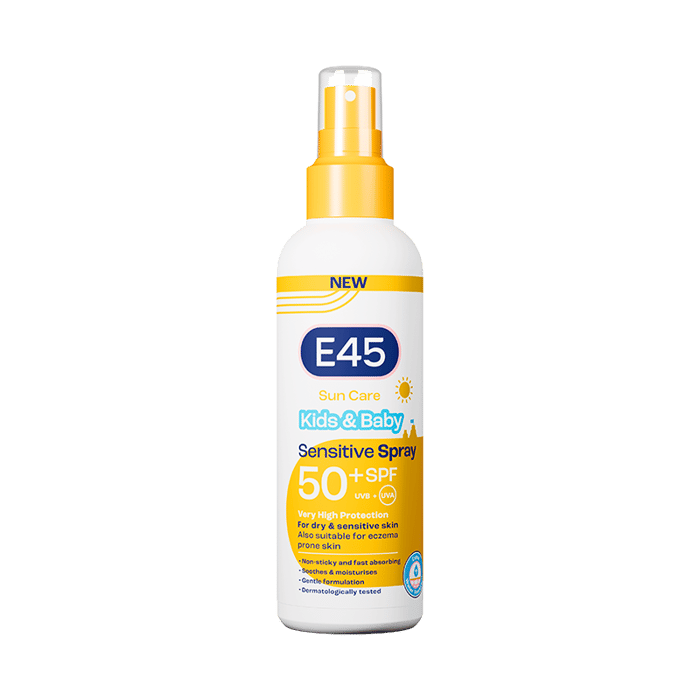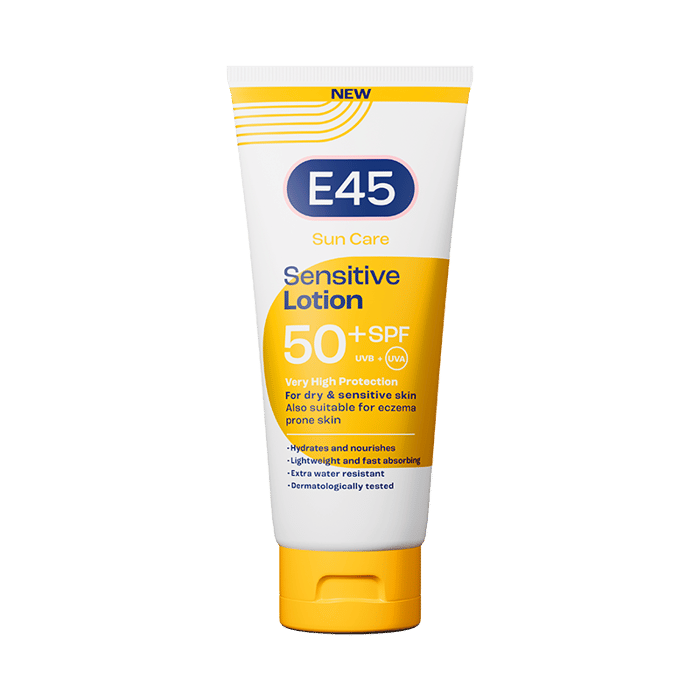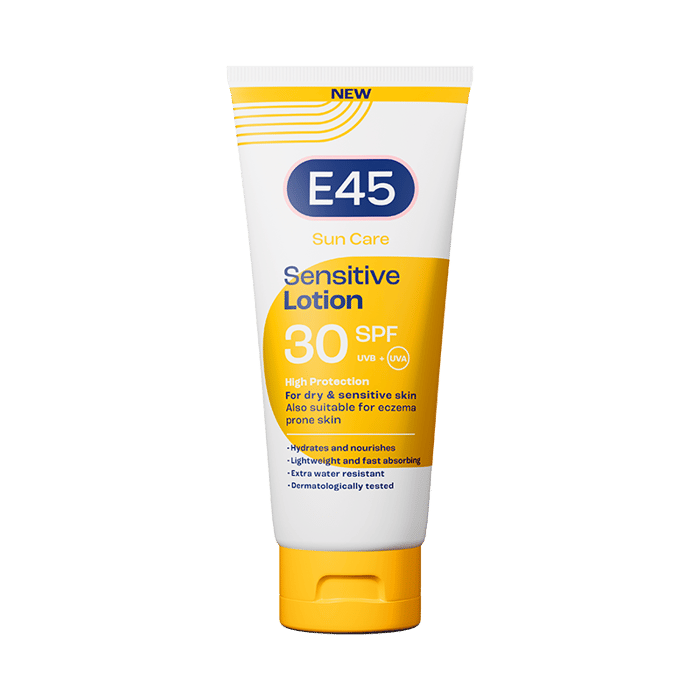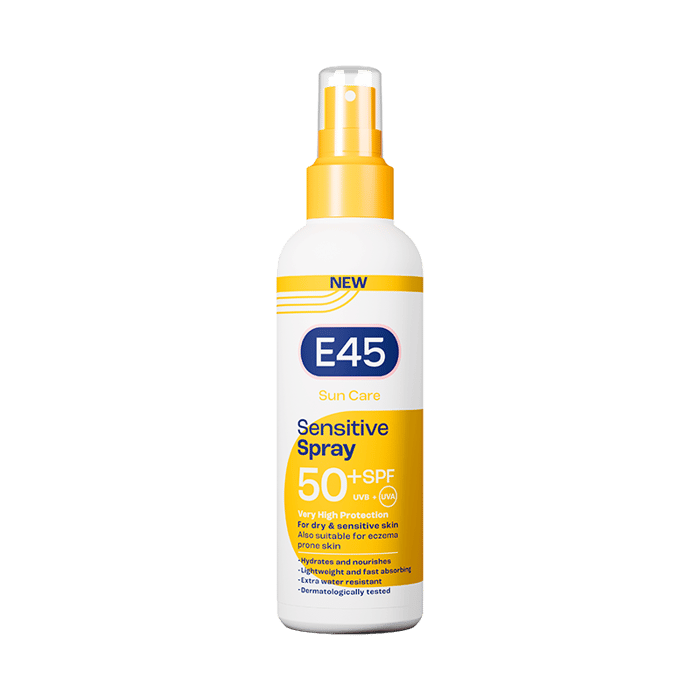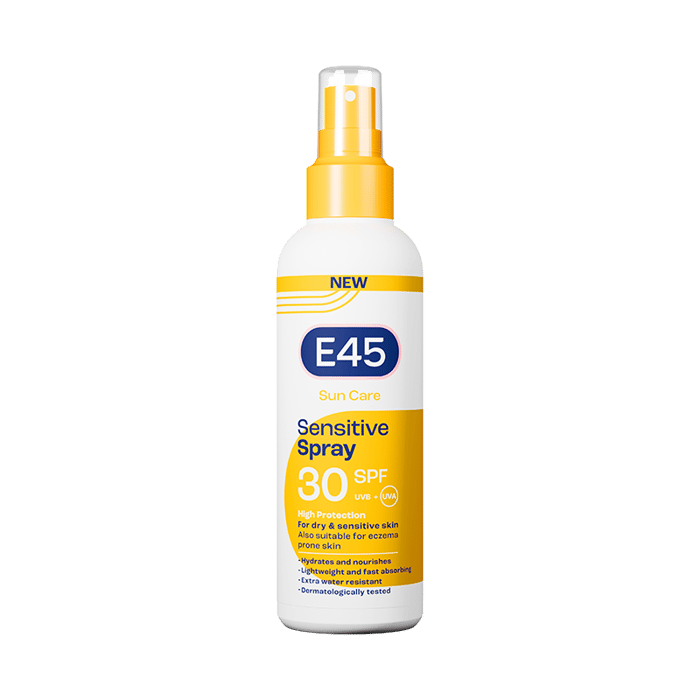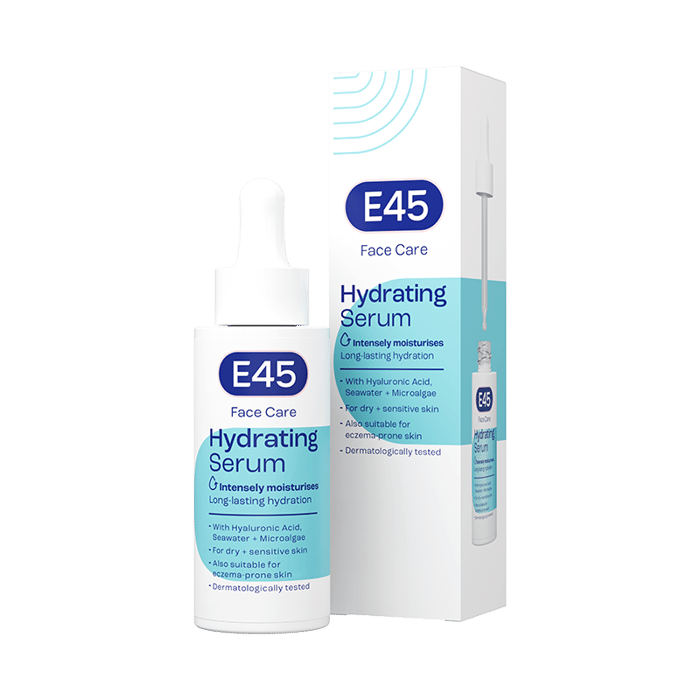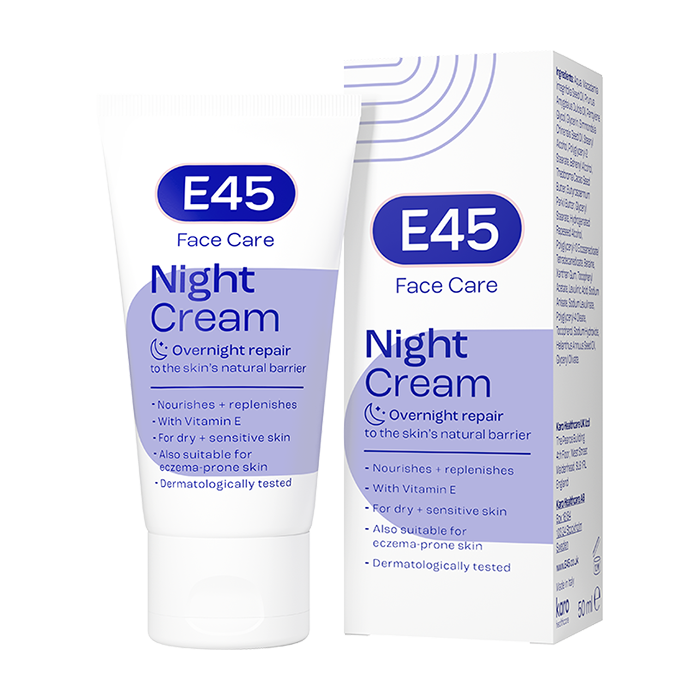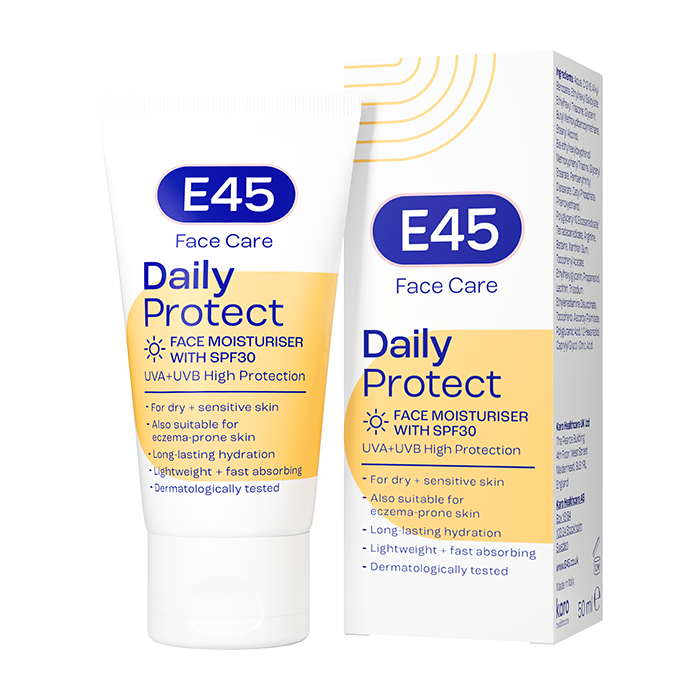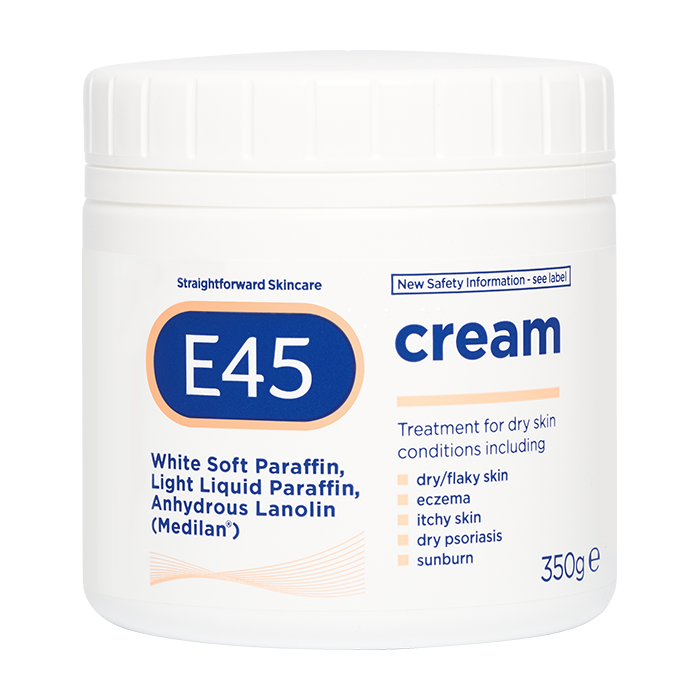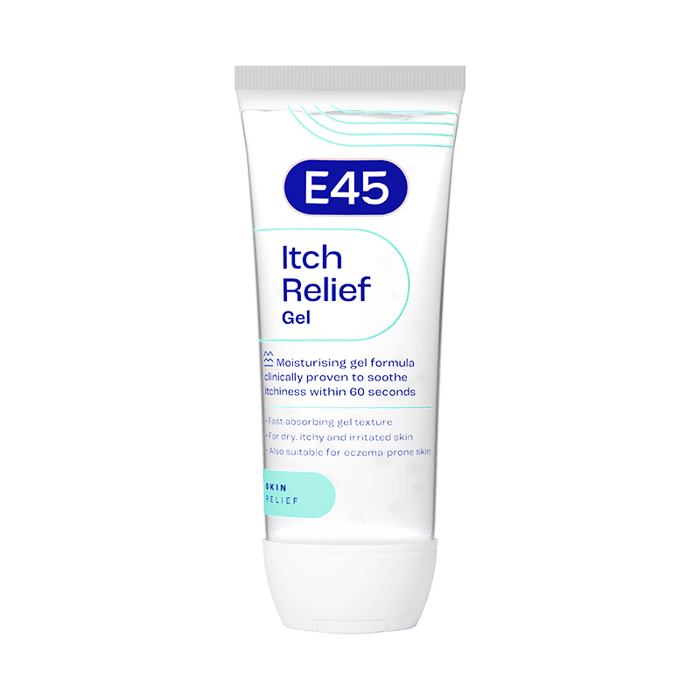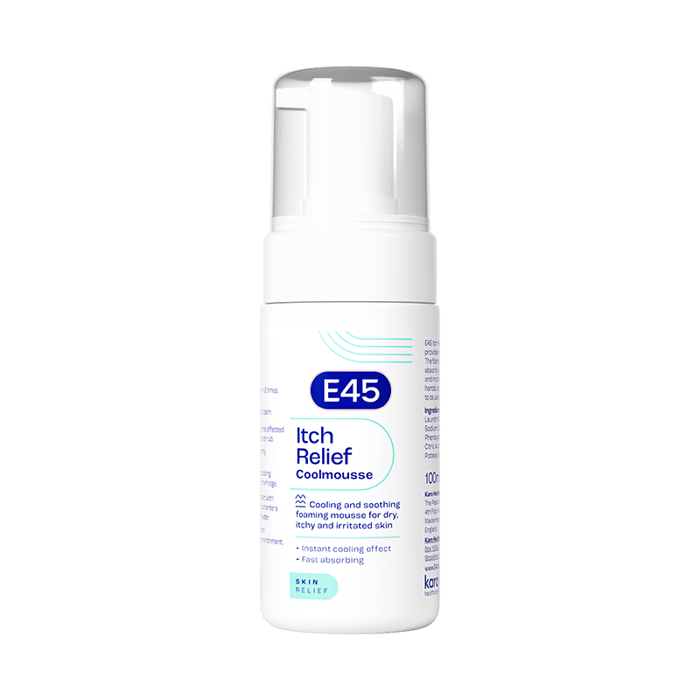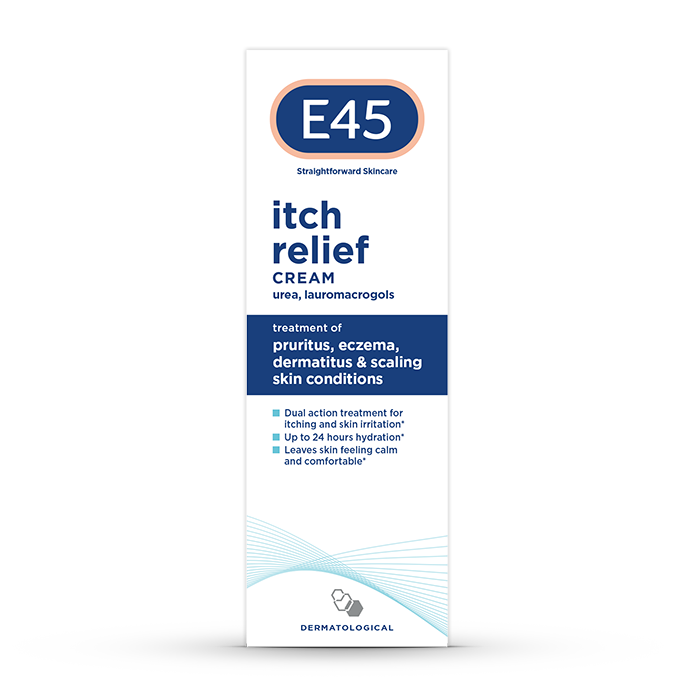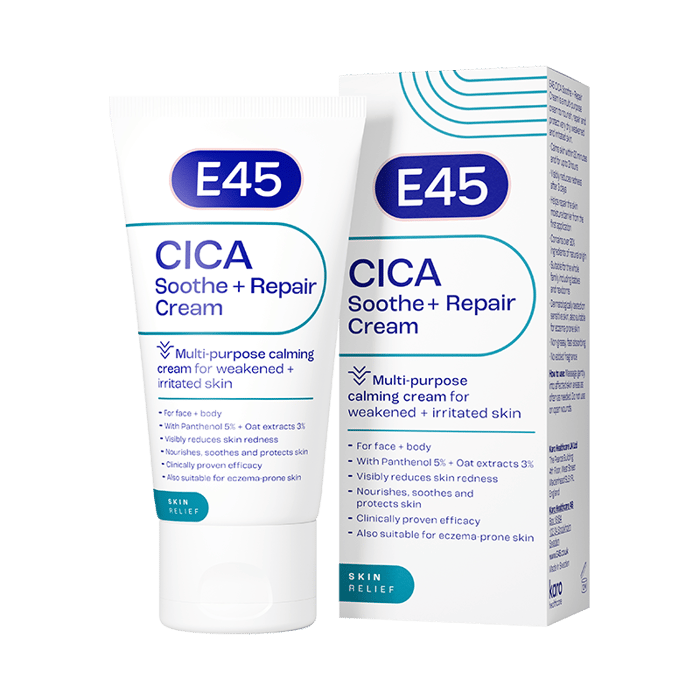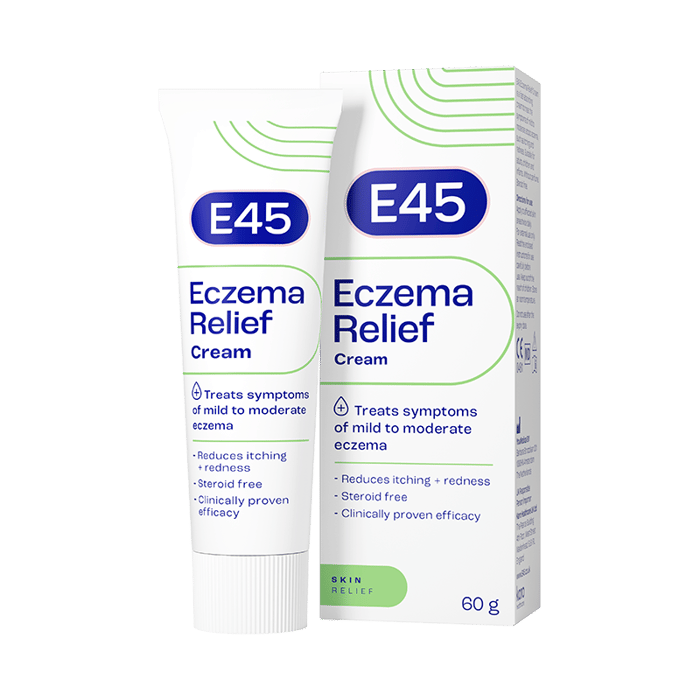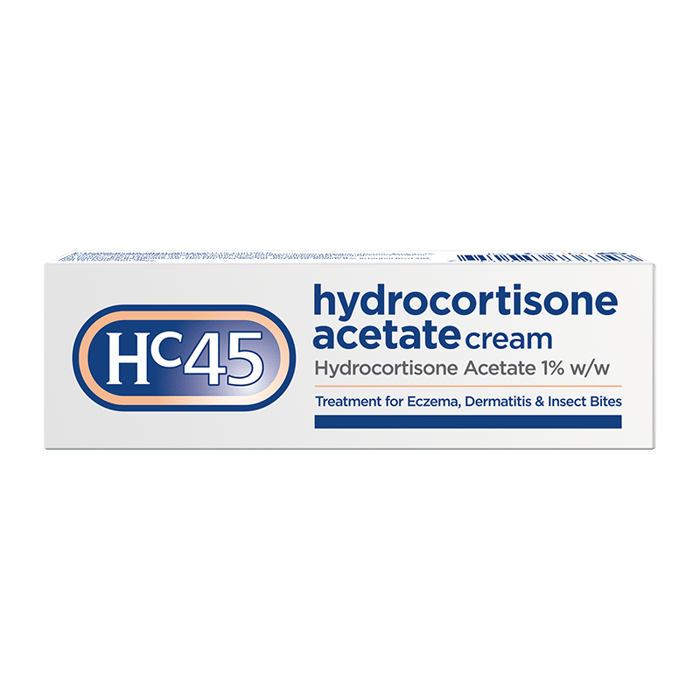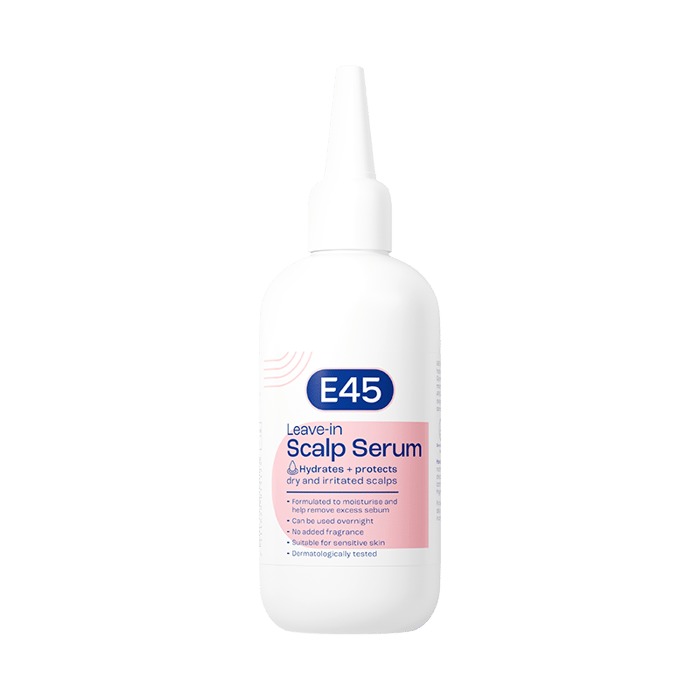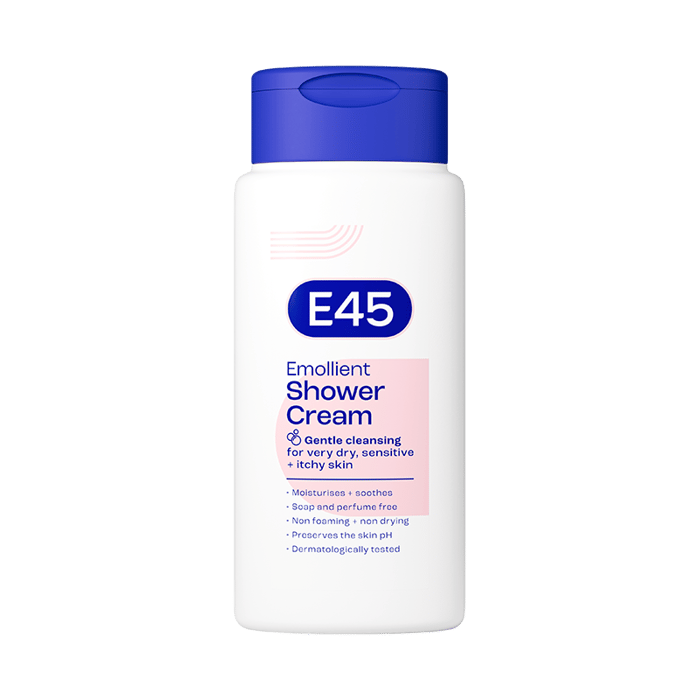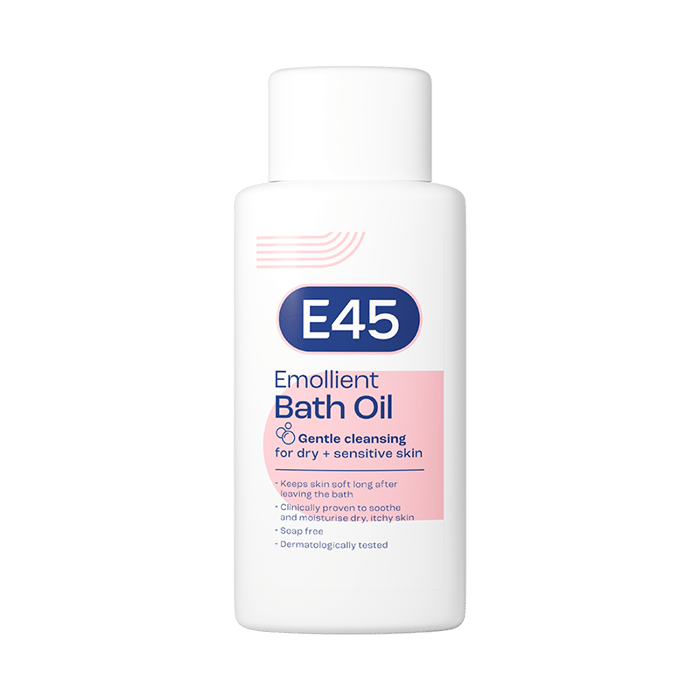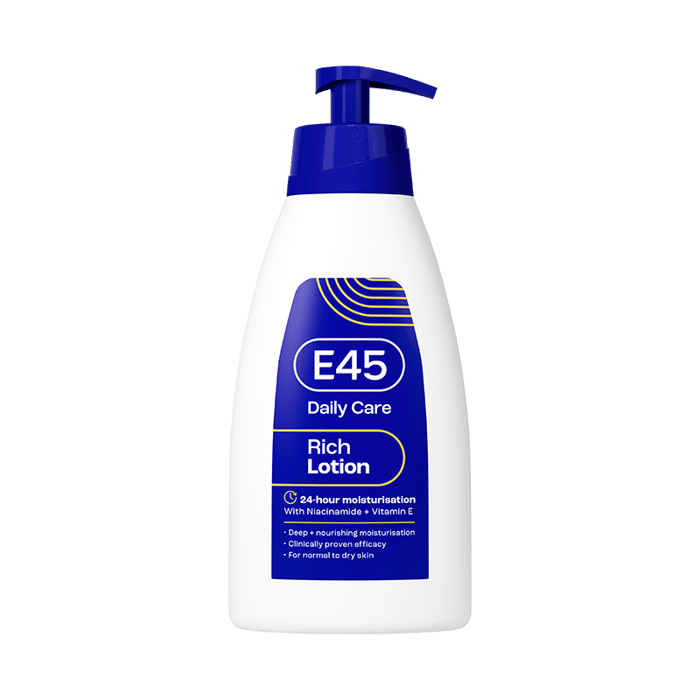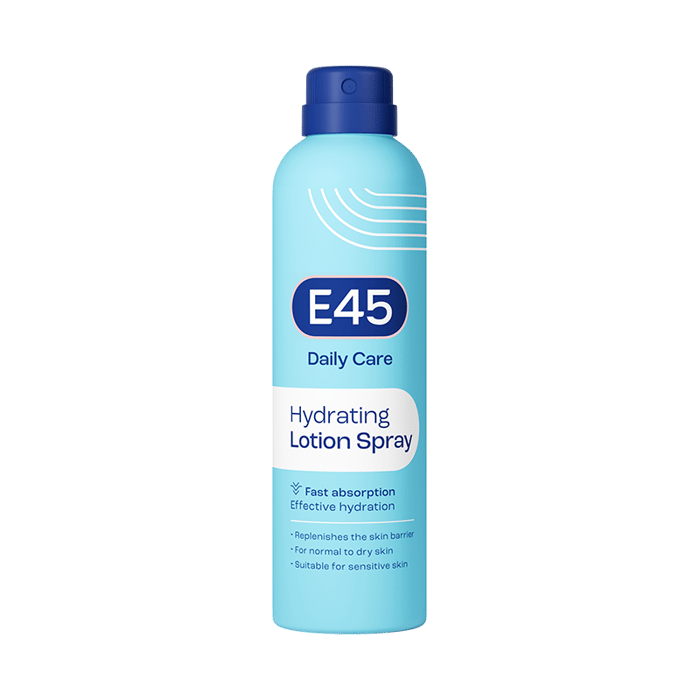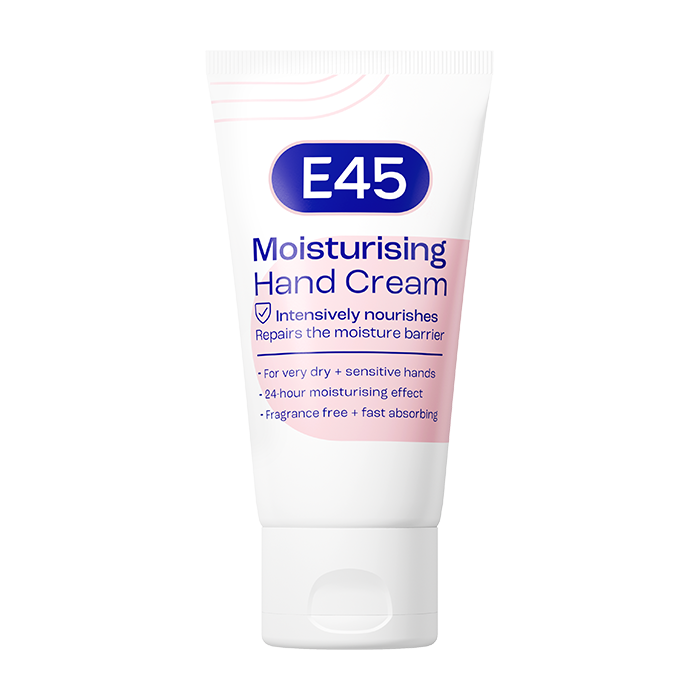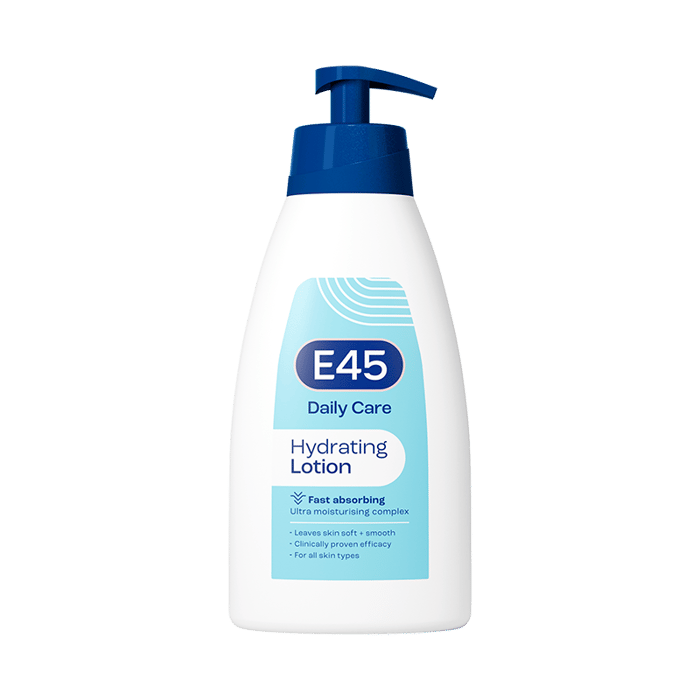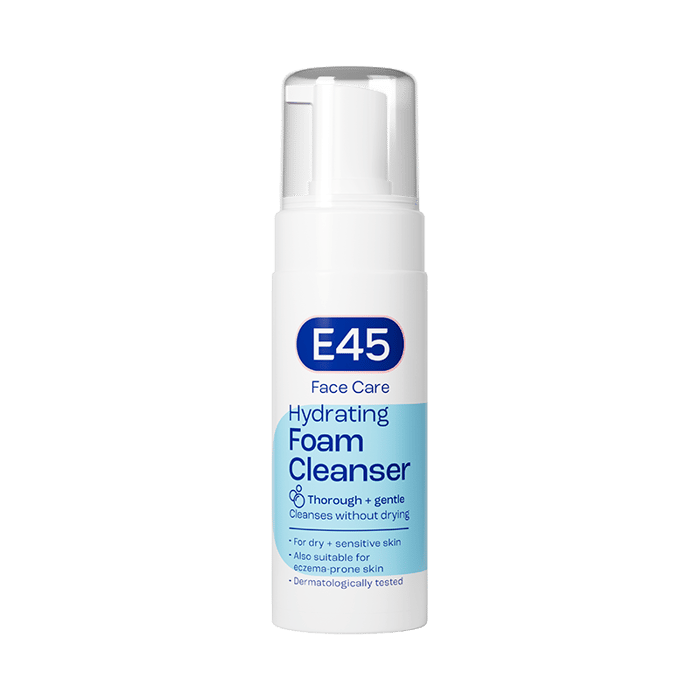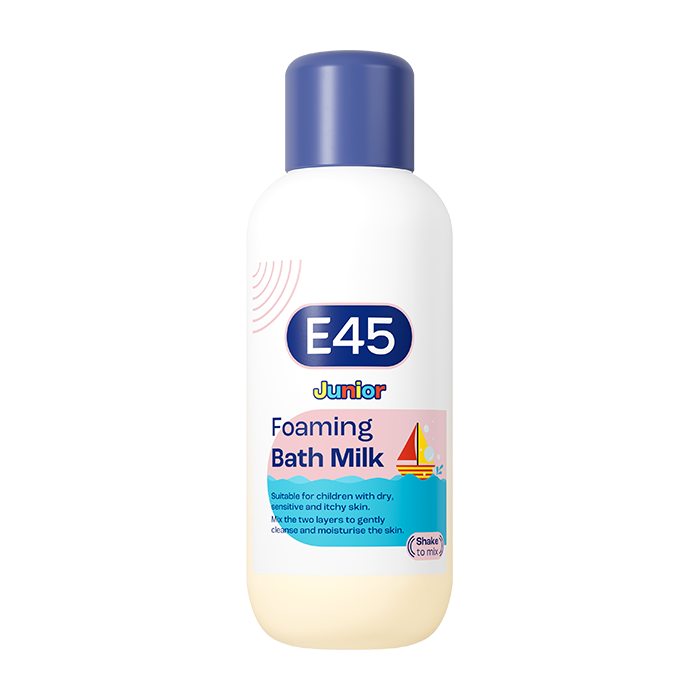Mastering skincare: Build your routine for radiant, healthy skin
The right daily skincare routine can help to maintain your overall skin health, essentially ensuring that your skin is functioning at its best. It can also improve specific concerns like acne, scarring or dark spots. Your routine doesn’t need to be overly complex – it’s not about creating perfection – but making a few simple steps your daily ritual can help to fortify the skin and grounds your day.
Table of Contents
The key to a successful skincare routine is patience and regularity
Before we delve deeper into building a skincare routine, there’s a bit of background information you should know.
A skincare routine is built on three main blocks:
- Cleansing
- Treating
- Moisturising
When it comes to developing a successful skincare routine, patience is key. What works for others, won’t necessarily work for you. Everyone is different, and you’ll find your perfect regime by identifying your needs and testing different products and approaches.
Skin care takes time. Your skin goes through ‘cycles’ lasting 4-6 weeks, and your skin might need to go through a couple of cycles before you start to notice a difference. Many ‘treating’ products need to be eased in to a regime, so make small changes and build up gradually.
The importance of a skincare routine
Following a consistent skincare routine helps you to maintain a healthy and glowing complexion. Your regime will clean, moisturise and protect your skin, while also addressing specific skin concerns.
A skincare routine can also contribute to your overall wellbeing – by investing time in skincare, you’re not only working towards clear and healthy skin, but also taking a pro-active role in self-care, which can boost self-esteem and confidence.
Understanding your skin
Knowledge is power, and understanding your skin is the first step towards building a successful skincare routine.
Skin types differ based on factors like oil production and sensitivity levels. Some people might have dry skin, some oily, while others might have a combination of both. Once you know your skin type, you can tailor your skincare routine to address your specific needs, enhancing the health and appearance of your skin.
Building your skincare routine: A step-by-step guide
You can decide how extensive you would like your skincare routine to be. For many, simple cleansing and moisturising (and don’t forget SPF) is enough to cover the basics. However, there’s no doubt that a carefully curated skincare process can make a huge difference to your skin. You can tailor your regime to achieve specific results, whether that be hydrating, reducing oil, minimizing pores or minimising hyperpigmentation.
Here’s a step-by-step guide to building an effective skincare routine:
1. Cleansing
Cleansing forms the foundation of any skincare routine. It’s all about removing dirt, oils, make-up and other impurities from the surface of your skin. A good cleanse helps to prevent clogged pores, which can lead to acne and other skin issues. If you have sensitive skin, we recommend trying out our E45 Face Foaming Cleanser.
Find out more about effective cleansing in our guide to facial cleansing.
2. Toning
Toning is the second step in your routine. It helps to balance your skin’s pH levels and prepares it for the rest of your skincare regimen. Toners can also provide your skin with essential ingredients to address specific skin concerns.
To tone, pour a small amount of toner onto a cotton pad or directly onto your hands and gently swipe it across your cleansed face, neck and décolletage. Avoid the eye area. Wait for the toner to absorb before moving on to the next step.
3. Treatment
This step involves applying products that are designed to address specific skin concerns, such as targeted serums or spot treatments. These are potent formulas that deliver active ingredients deep into your skin.
Depending on your treatment product, you might apply it to your entire face or just to certain areas. Always refer to the product’s instructions for the best application method.
Some examples of serums, and their different active ingredients, include:
- Hyaluronic acid serum: This serum is for hydration. It helps to draw moisture into the skin, making it appear plumper and more radiant.
- Vitamin C serum: Vitamin C is an antioxidant that helps to brighten the skin and reduce signs of ageing. It can also help to protect the skin from environmental damage (think pollution and UV rays).
- Retinol serum: Retinol is a form of Vitamin A that helps accelerate skin renewal and reduce the appearance of wrinkles, fine lines and age spots for firmer, smoother and more evenly-toned skin.
- Niacinamide serum: Niacinamide can help to reduce inflammation and redness, regulates oil production and improves overall skin texture. It’s great for those with acne-prone or sensitive skin.
- Peptide serum: Peptide serums can help to boost collagen production, improve skin elasticity and reduce the appearance of fine lines and wrinkles.
- Salicylic acid serum: Ideal for those with oily or acne-prone skin, salicylic acid can help to unclog pores, whilst also exfoliating the skin and reducing inflammation.
If you’re after a fragrance-free serum suitablef for dry and sensitive skin, E45 Face Hydrating Serum contain Hyaluronic Acid and could be a good option.
4. Moisturising
Moisturising helps to hydrate your skin and lock in its natural moisture. It also creates a protective barrier on your skin to protect it from environmental aggressors. A lightweight moisturiser like the E45 Face Moisturiser can hydrate your skin without leaving a greasy residue.
Apply a five pence sized amount of moisturiser to your face, spreading it evenly across your skin. Make sure to extend it down to your neck and décolletage.
5. Sun protection
Sunscreen is your skin’s best defence against the damaging effects of UV rays, which can lead to premature ageing, hyperpigmentation and skin cancer (WHO). Even on cloudy days, UV rays can penetrate the skin, so it’s important to wear sunscreen every day.
Apply a generous amount of sunscreen to all areas of exposed skin. You should use ¼ teaspoon to cover your face, neck and decolletage. An easy way to measure the correct amount is to apply the cream along your index and middle finger before you spread it onto your face. This should be the last step in your morning skincare routine.
You could also choose to use a moisturiser which contain SPF such as E45 Face Daily Protect.
Learn more about how to ensure sun protection and safety in our sunscreen guide.
Optional additional steps
Eye cream
The skin around your eyes is delicate and often shows signs of ageing first. Eye creams are designed to hydrate and address issues like puffiness, dark circles or crow’s feet. Apply a small amount of eye cream using your ring finger and dab gently around the entire orbital bone, avoiding the lash line.
Exfoliation
Exfoliation involves removing dead skin cells from the surface of your skin. This can help to unclog pores, prevent acne and keep your skin looking radiant. However, exfoliation should be done sparingly, no more than 1-2 times per week, to prevent skin irritation. If you have Eczema, exfoliating could potentially make your symptoms worse so make sure you are using products that are suitable for your skin.
Each step in this routine has a specific purpose, and together, they work to keep your skin healthy.
Personalising your skincare routine
Everyone’s skin is unique, and your skincare routine should be tailored to your skin’s unique needs, fit your lifestyle and align with your personal preferences.
Skin needs
First, determine your skin type (normal, dry, oily, combination) and identify any specific concerns (sensitivity, acne, eczema, rosacea, premature ageing, hyperpigmentation, etc.). This assessment will guide your choice of products. For instance, dry skin on the face or dehydrated skin will benefit from hydrating products containing ingredients like hyaluronic acid, while oily skin might need oil-free or non-comedogenic products. If you struggle with eczema on face or psoriasis, check our our expert guides on skin conditions and how to treat the skin effectively.
Lifestyle
The complexity of your skincare routine should fit your lifestyle. If you’re often rushed in the morning, a simplified routine might work best. You may prefer a more extensive routine at night when you have more time. For those who travel frequently, consider products available in travel sizes or multi-purpose products to save space.
Personal preferences
Your personal preferences can also help to guide your skincare choices: you might prefer natural, organic, cruelty-free or vegan products, or you might have sensitivities to certain fragrances or ingredients. You might have a particular budget in mind, or a preferences for certain product textures.
Enjoyment and consistency
Ultimately, the best skincare routine for you is one that you enjoy and can stick to. Consistency is key in skincare, so a routine that feels like a chore won’t be effective. Choose products that make you feel good and take the time to apply them mindfully as a form of self-care.
Evaluating and adjusting your routine over time
Our skin changes over time due to factors like age, diet, climate and hormonal changes. As these changes occur, it’s important to evaluate and adjust your skincare routine accordingly to ensure it remains effective.
There’s no one-size-fits-all skincare routine: the best routine for you is as unique as you are. It might take a little trial and error, but finding a routine that suits you will help you achieve and maintain healthy, radiant skin.
The final touches to your skincare routine
Incorporating healthy lifestyle habits for radiant skin
Your lifestyle choices significantly impact the health and appearance of your skin. A balanced diet, regular exercise, sufficient sleep and hydration all contribute to a healthier and more radiant complexion.
Seek professional advice when needed
If you have severe skin concerns, it’s advisable to consult a dermatologist or skincare professional. They can provide personalised advice and treatment options based on your specific needs.
Conclusion
Your skin is a reflection of your overall health and wellbeing. A well-rounded skincare routine not only improves your skin’s health and appearance, but also boosts your confidence. So, start building your skincare routine today and take the first step towards a healthier, more radiant complexion.
If you have a sensitive skin type, you might be interested in reading our article about skincare for sensitive skin.
FAQ: Skincare Routine
How should I start my skincare routine?
Start by identifying your skin type (oily, dry, combination, or sensitive) and any specific skin concerns (acne, pigmentation, premature ageing, etc.). Then, choose products that are suited to your skin type and concerns. The basic steps to start a skincare routine are cleansing, toning, and moisturising. Over time, you can add more steps like exfoliation, serums, and sun protection as necessary.
What are the 7 steps of skin care?
The 7 steps of skincare, typically followed in this order, are:
- Cleansing
- Toning
- Exfoliating (2-3 times a week)
- Applying a serum
- Eye cream
- Moisturising
- Sunscreen (in the morning and throughout the day)
What should make up a skincare routine?
At the very least, a skincare routine should include cleansing, toning, and moisturising. However, a comprehensive routine may also include exfoliation, serums, eye creams, and sunscreen.
What are the 5 basics of skin care?
The 5 basics of skincare are:
- Cleansing: Remove dirt and impurities from your skin.
- Toning: Balance the skin’s pH and prepare it for the subsequent steps.
- Moisturising: Hydrate and nourish your skin.
- Sun Protection: Protect your skin from harmful UV rays.
- Regular Exfoliation: Remove dead skin cells and promote skin renewal.
What are the 3 most important skin care products?
The three most important skincare products are a cleanser, a moisturiser, and sunscreen. These products serve the fundamental needs of the skin – cleaning, hydrating, and protecting from sun damage.
What is the number 1 rule of skincare?
The number 1 rule of skincare is to always wear sunscreen during the day. Sun protection is crucial to prevent skin damage from harmful UV rays, which can cause premature ageing, pigmentation, and even skin cancer.
What is the most basic skincare routine?
The most basic skincare routine consists of three steps: cleansing to remove dirt, oil, and impurities from the skin, moisturising to hydrate and nourish the skin, and applying sunscreen during the day to protect from UV damage. This routine is the bare minimum needed to maintain skin health.



